Adding a Whimsical Touch with Mistletoe Cactus
The Rhipsalis Mistletoe Cactus has a trailing growth habit that adds a touch of whimsy to any space, while its resilience to irregular maintenance and ability to thrive in indirect light makes it an ideal option for those seeking an effortlessly elegant addition to their indoor oasis. With its charming appeal and adaptability, this plant promises to captivate admirers and green thumbs alike.
Ready to transform your garden with this trailing cactus? Here's how to get started.
How to Plant Rhipsalis Mistletoe Cactus?
Embrace the versatility of Mistletoe Cactus in your indoor space with these simple planting tips:
- Select a well-draining potting mix.
- Plant the cactus in a hanging basket or container with drainage holes.
- Place in indirect sunlight or bright, filtered light.
- Water sparingly, allowing the soil to dry out between waterings.
Why Should You Buy Rhipsalis Mistletoe Cactus?
More than an ornamental plant, Mistletoe Cactus offers numerous benefits stated as follows:
- Air purification: Helps improve indoor air quality by removing toxins.
- Low maintenance: Thrives on minimal care, making it perfect for busy lifestyles.
- Decorative appeal: Adds a touch of natural beauty with its unique trailing foliage.
- Space-saving: Ideal for small living spaces or as a hanging plant.
- Stress reduction: Provides a calming presence, promoting relaxation and well-being.
How to Care for Rhipsalis Mistletoe Cactus?
Ideal as an indoor plant, enjoy the beauty of this low-maintenance plant as it thrives in your home. Here's how to care for Mistletoe Cactus:
- Keep in a location with consistent airflow to help the plant thrive.
- Maintain moderate humidity levels around the plant. Consider placing near a humidifier or in a bathroom.
- Ensure it's in a spot with stable room temperatures. Don't place directly in a bright window.
- This succulent also requires proper pruning to control growth and maintain its shape.
Things to Consider When Growing Mistletoe Cactus
Mistletoe cactus has many benefits to offer — it's low-maintenance with a unique appearance to boot, a certain eye-catcher in your garden space. Another essential benefit is its ability to purify the air, making it a great indoor plant. This tropical cactus also doesn't require direct sunlight, which makes it an ideal plant for those growing their plants indoors. What's more, the rhipsalis plant doesn't have thorns like most cacti, so it's easier to handle.
However, it may have some downsides as well. First is its slow growth. While easy to maintain, it may take some time for this plant to reach its optimal size. It's also not frost-resistant, which probably is fine since it's typically planted indoors anyway. One unique requirement of mistletoe cactus is its need for humidity, which can be an issue in regions with dry climates. Supplemental moisture is recommended in such cases.
Treating Mistletoe Cactus for Signs of Pests and Diseases
The mistletoe cactus may fall prey to common garden pests, such as aphids, spider mites, scale insects, and mealybugs. But since these pests generally flourish in dry conditions, you can avoid them by ensuring the humidity around your plant is average to high. Mistletoe cactus prefers humidity so that shouldn't be a problem.
This plant can also occasionally suffer from root rot due to overwatering. Once the root rot has started, there's no way to reverse it. What you can do is remove any affected pieces and cut away any rotted roots.
Where Can I Buy Rhipsalis Mistletoe Cactus?
Ready to transform your lawn and elevate your outdoor space with Mistletoe Cactus? Look no further than the Local Botanist. Browse through our green products and bring the joy of nature to your doorstep!
Check out our Plantastic Delivery section for more shipping information.
Companion Plants for Rhipsalis Mistletoe Cactus
Ready to design your own garden? You then need other plants to grow alongside Mistletoe Cactus. When selecting companion plants your unique tropical plant, it's best to consider those that thrive in similar conditions to ensure a healthy, thriving garden. Here are some great plants to consider:
- Silver Lady Fern: Ferns like this one do well in low-light, humid conditions in the garden or indoors, just like Rhipsalis.
- Agave Blue Glow: Succulents like Mistletoe Cactus and Blue Glow make for great house plants because they require little care.
- Silver Plum Bromeliad: This form of bromeliad is as unique-looking as the mistletoe cactus, giving your garden an edge.
- Heliconia Tropics: Joining in on the fun is Heliconia Tropics, another tropical plant that's just as unique and interesting as the Mistletoe Cactus. When combined, both plants will give other tropical gardens a run for their money.
| Weight | 2 kg |
|---|---|
| Pot Size | 120mm |
Detailed Information
| Typical height | Varies depending on species, generally 20-60 cm |
|---|---|
| Minimum temperatur tolerance | Hardy to temperatures above 10°C |
| Climate | Prefers warm and humid climates |
| Light conditions | Indirect light, avoid direct sunlight |
| Growth habit | Trailing or hanging succulent with thin stems |
| Growth conditions | Requires well-draining soil, regular watering, and high humidity |
Q: Why is my Rhipsalis Mistletoe Cactus dying?
Your Rhipsalis Mistletoe Cactus may be struggling due to overwatering, inadequate light, or improper drainage. Ensure it receives bright, indirect sunlight, and allow the soil to dry out between waterings. Check for signs of root rot and adjust watering accordingly. Additionally, ensure proper ventilation to prevent fungal issues.
Q: Do Mistletoe Cactus like full sun?
Mistletoe Cacti prefer bright, indirect sunlight rather than full sun. While they can tolerate some direct sunlight, prolonged exposure may lead to sunburn or damage to their delicate foliage. Optimal conditions include placing them near a window with filtered light or providing artificial grow lights for consistent illumination.
Q: Can you propagate Mistletoe Cactus?
Yes, Mistletoe Cactus responds well to propagation. You can propagate it through stem cuttings. Simply take a healthy stem cutting, allow it to callus for a few days, and then place it in well-draining soil. Keep the soil lightly moist until roots develop, typically within a few weeks.
Q: What are the usual pests that target Mistletoe Cactus?
Common pests that may target Mistletoe Cactus include mealybugs, spider mites, and aphids. These pests can cause damage to the delicate foliage and should be addressed promptly to maintain the health of the plant. Regular inspection and appropriate pest control measures can help keep these pests at bay.
Q: What fertiliser is best for a Rhipsalis Mistletoe Cactus?
For optimal growth, use a balanced, water-soluble fertiliser diluted to half-strength during the growing season (spring and summer). Apply monthly, reducing to every 6-8 weeks in the dormant season (fall and winter). Avoid excessive fertilisation, as Rhipsalis ‘Mistletoe Cactus’ prefers lean conditions. Find more fertilising tips here.
Mistletoe Cactus
Rhipsalis
- In stock
- Delivery within 1-3 days based on location.
- Local pickup by appointment only
- Delivery Fees and Minimum Purchase
The Rhipsalis Mistletoe Cactus is an enchanting botanical specimen renowned for its unique appearance and low-maintenance nature, making it a favoured choice for indoor gardening enthusiasts. Originating from tropical regions, this epiphytic cactus features long, slender stems adorned with delicate, mistletoe-like foliage, cascading gracefully from hanging baskets.
Synonyms: Rhipsalis cassutha, Rhipsalis baccifera subsp. baccifera, Mistletoe-cactus, Mistletoe, Currant Cactus, Pencil-cactus, Spaghetti Cactus
Payment methods
Your payment information is processed securely. We do not store credit card details nor have access to your credit card information.

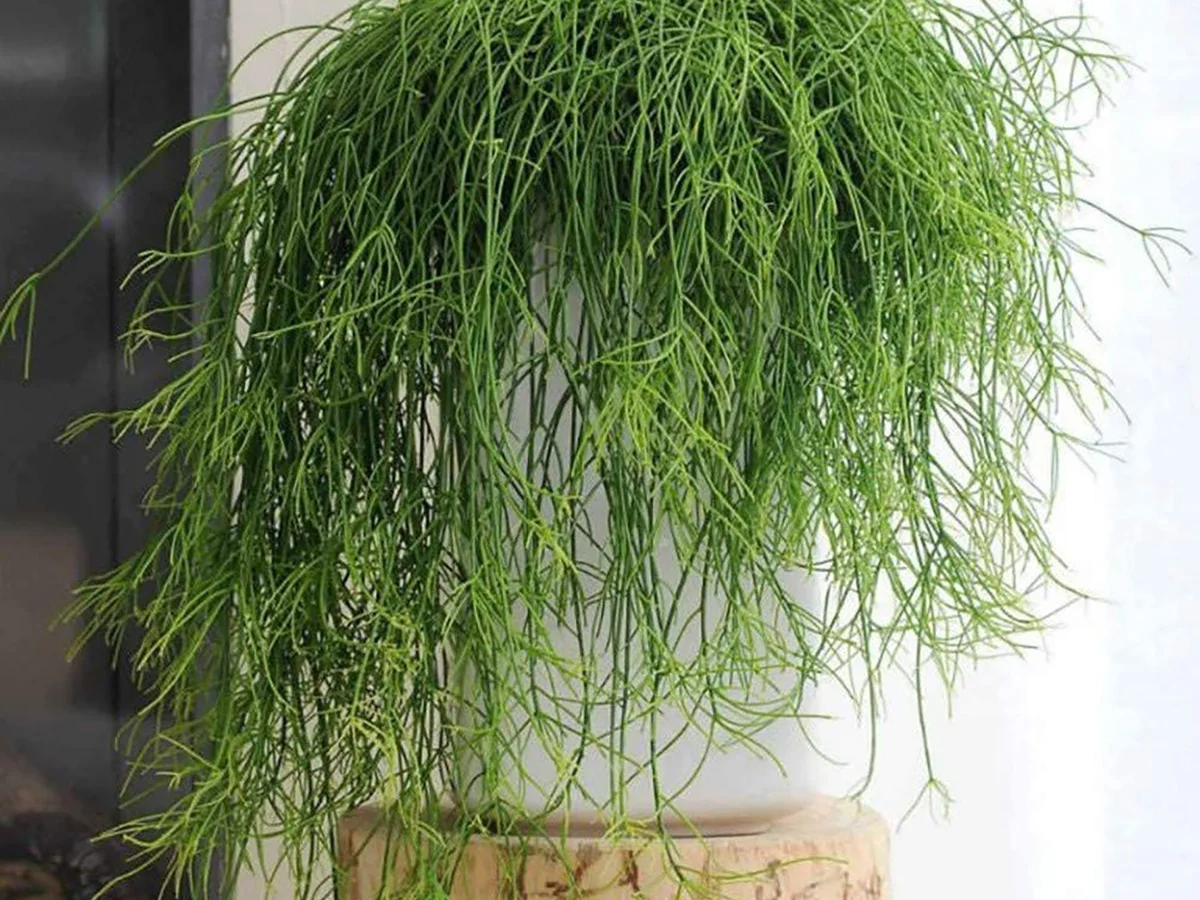



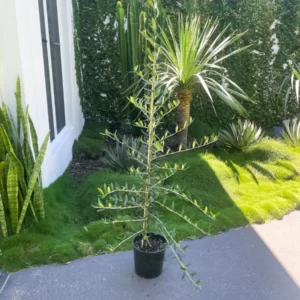
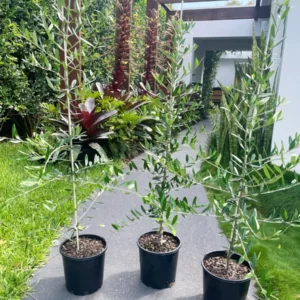
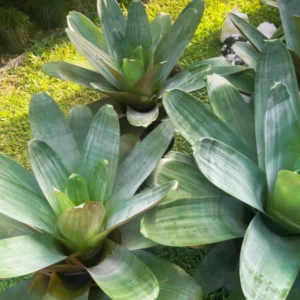
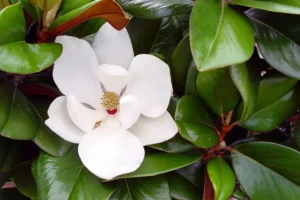
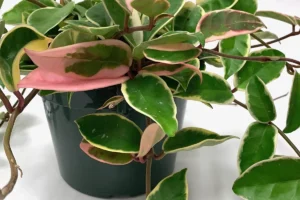
Reviews
There are no reviews yet.